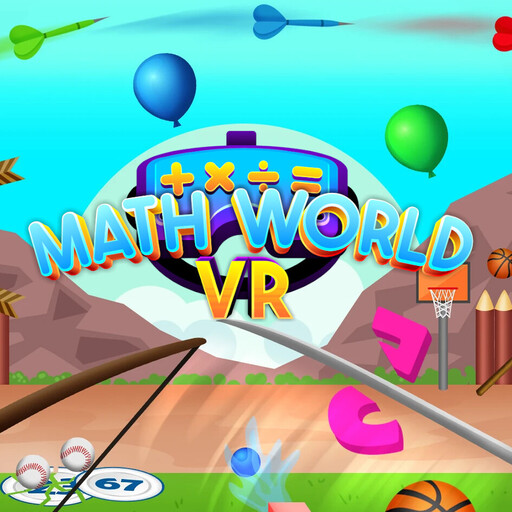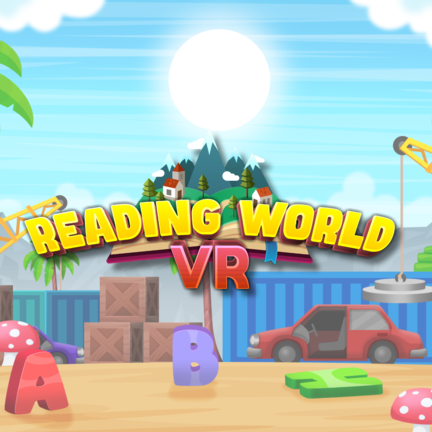In an era dominated by digital advancements, the traditional library—a haven of printed books and hushed whispers—faces transformative challenges and opportunities. As we navigate the digital age, libraries are evolving, reshaping their roles, services, and very essence. Let’s embark on a journey to explore the future of libraries in this dynamic digital landscape.
The Digital Shift: More than Just E-books
While many associate the digital transformation of libraries solely with e-books, the reality is far more expansive. Digital libraries now offer multimedia resources, from audiobooks to video tutorials. Online databases grant access to a plethora of research papers, journals, and archival materials, previously accessible only to those physically present.
Interactive Learning Platforms
Modern libraries are embracing technology to create interactive learning platforms. Virtual reality (VR) setups, for instance, can transport users to ancient civilizations, while augmented reality (AR) apps can turn a library visit into an interactive, educational treasure hunt.
Virtual Reality (VR) Experiences
Beyond just transporting users to ancient civilizations, VR in libraries can offer immersive experiences across various disciplines. Imagine diving deep into the ocean to explore marine life for a biology project or walking alongside Martin Luther King Jr. during his iconic speeches for a history lesson. These immersive experiences make complex topics more accessible and engaging, allowing users to grasp concepts in a more experiential manner.
Augmented Reality (AR) Adventures
AR takes the physical environment and overlays it with digital information. In the context of libraries, AR can be used to enhance the reading experience. Pointing a device at a book cover might play a trailer of the story inside or show reviews from other readers. For children, AR can bring illustrations to life, making the reading experience more interactive and engaging. Furthermore, libraries can set up AR-driven treasure hunts, where users follow clues and learn about various resources and sections of the library, making the process of discovery both fun and educational.
Interactive Touch Tables and Displays
These are large touchscreen devices that can be used for collaborative learning. Users can access digital archives, maps, and other resources. For instance, a group studying architecture can pull up 3D models of famous structures, rotate them, zoom in, and discuss specific design elements in real-time.
Gamified Learning Modules
Libraries are also exploring the world of gamification. By turning learning into a game, libraries can engage users in a more compelling way. Whether it’s a quiz game to test knowledge on a specific topic or a more complex game that teaches coding or another skill, gamified learning is proving to be a valuable tool in modern libraries.
Podcasts
Learning from podcasts is a growing trend due the vast amount of knowledge that podcasts can contain. Libraries can have a selection of educational podcasts based on business, health, and more. They can also allow visitors to use podcast summarizer tools to get briefs and summaries of podcasts to read instead of listening.
Digital Workshops and Webinars
Many libraries are setting up dedicated spaces equipped with the latest tech tools, from high-resolution cameras to soundproofed rooms, to host digital workshops and webinars. These sessions can range from teaching digital literacy skills to hosting guest authors for virtual book discussions.

Global Access and Collaboration
The digital age breaks down geographical barriers. Libraries are no longer confined to their physical locations. With online portals, they offer 24/7 access to their resources from anywhere in the world. This global reach fosters collaboration among institutions, allowing libraries to share resources, research, and knowledge more efficiently.
Personalized User Experiences
With the aid of artificial intelligence and machine learning, digital libraries can offer personalized experiences. Based on a user’s search history and preferences, the system can recommend resources, much like how streaming platforms suggest shows and movies.
The Role of Librarians in the Digital Era
The digital transformation doesn’t diminish the role of librarians. Instead, it amplifies their importance. Librarians are becoming tech-savvy educators, guiding users through digital resources, teaching digital literacy skills, and curating digital collections. Their role is evolving from mere custodians of books to facilitators of knowledge in a vast digital realm.
Challenges Ahead: Bridging the Digital Divide
While the digital age offers numerous opportunities, it also presents challenges. One significant concern is the digital divide—the gap between those with ready access to digital technologies and those without. Libraries, in their essence, are democratic spaces, ensuring knowledge access to all. In the digital age, they face the responsibility of ensuring that technology reaches every individual, irrespective of their socio-economic status.
Sustainability and Preservation
Digital doesn’t necessarily mean eternal. With changing file formats and the ephemeral nature of digital platforms, libraries face the challenge of preserving digital content. Ensuring that today’s digital resources remain accessible to future generations is a pressing concern.

Reimagining Physical Spaces
The essence of a library has always been its ability to bring people together through the shared pursuit of knowledge. As the digital revolution reshapes the way we access information, the role of the physical library space is also being redefined, adapting to the changing needs and preferences of its patrons.
Co-working Spaces: Modern libraries are recognizing the growing trend of remote work, freelancing, and entrepreneurship. By offering co-working spaces, libraries provide a conducive environment for individuals to work, network, and collaborate. Equipped with high-speed internet, private meeting rooms, and even multimedia production tools, these spaces cater to professionals from various fields, fostering a sense of community and collaboration.
Interactive Learning Zones: Gone are the days when libraries were just rows and rows of bookshelves. Today’s libraries are incorporating interactive zones where users can engage with digital content. Touchscreen displays, digital art installations, and interactive kiosks provide hands-on learning experiences, making the library visit more dynamic and engaging.
Event and Workshop Areas: Libraries are becoming cultural and educational epicenters by hosting a diverse range of events. From author meet-and-greets to DIY craft workshops, coding boot camps to documentary screenings, these events cater to a wide audience, making libraries vibrant community centers.
Makerspaces: Embracing the DIY spirit, many libraries are introducing makerspaces—areas equipped with tools and resources for creative projects. Whether it’s 3D printing, textile crafts, robotics, or digital art, these spaces empower users to create, innovate, and learn through hands-on experiences.
Staying Relevant Amidst Information Overload
In the age of the internet, information is abundant. Libraries, therefore, face the challenge of curating quality content and ensuring that users can discern credible sources from the vast sea of information.
Conclusion: A Bright Future Awaits
The future of libraries in the digital age is not one of obsolescence but of evolution. While the digital shift presents challenges, it also offers libraries a chance to redefine their roles, reach global audiences, and become more integral to modern communities.
Libraries have always been more than just repositories of books. They are centers of knowledge, learning, and community engagement. In the digital age, they have the potential to be even more: global knowledge hubs, interactive learning platforms, and champions of digital literacy.
As we look ahead, one thing is clear: libraries will continue to play a pivotal role in society. Their essence might evolve, but their core mission—disseminating knowledge and fostering community—will remain steadfast.








